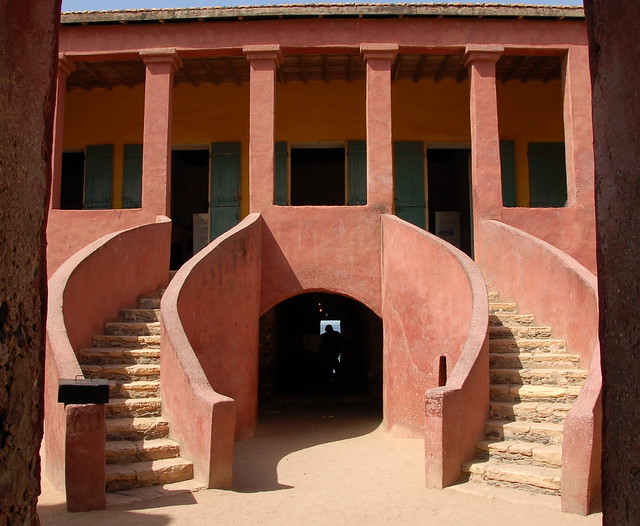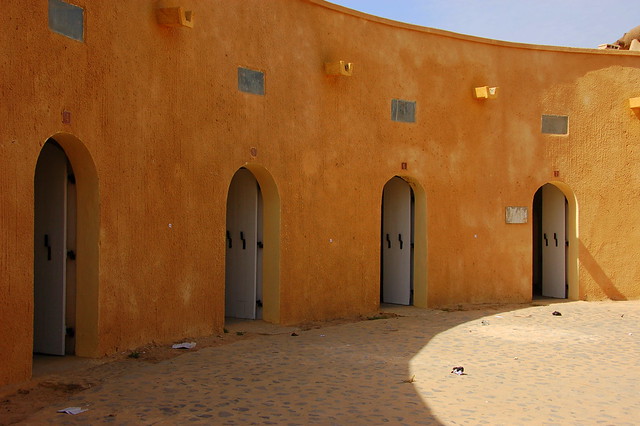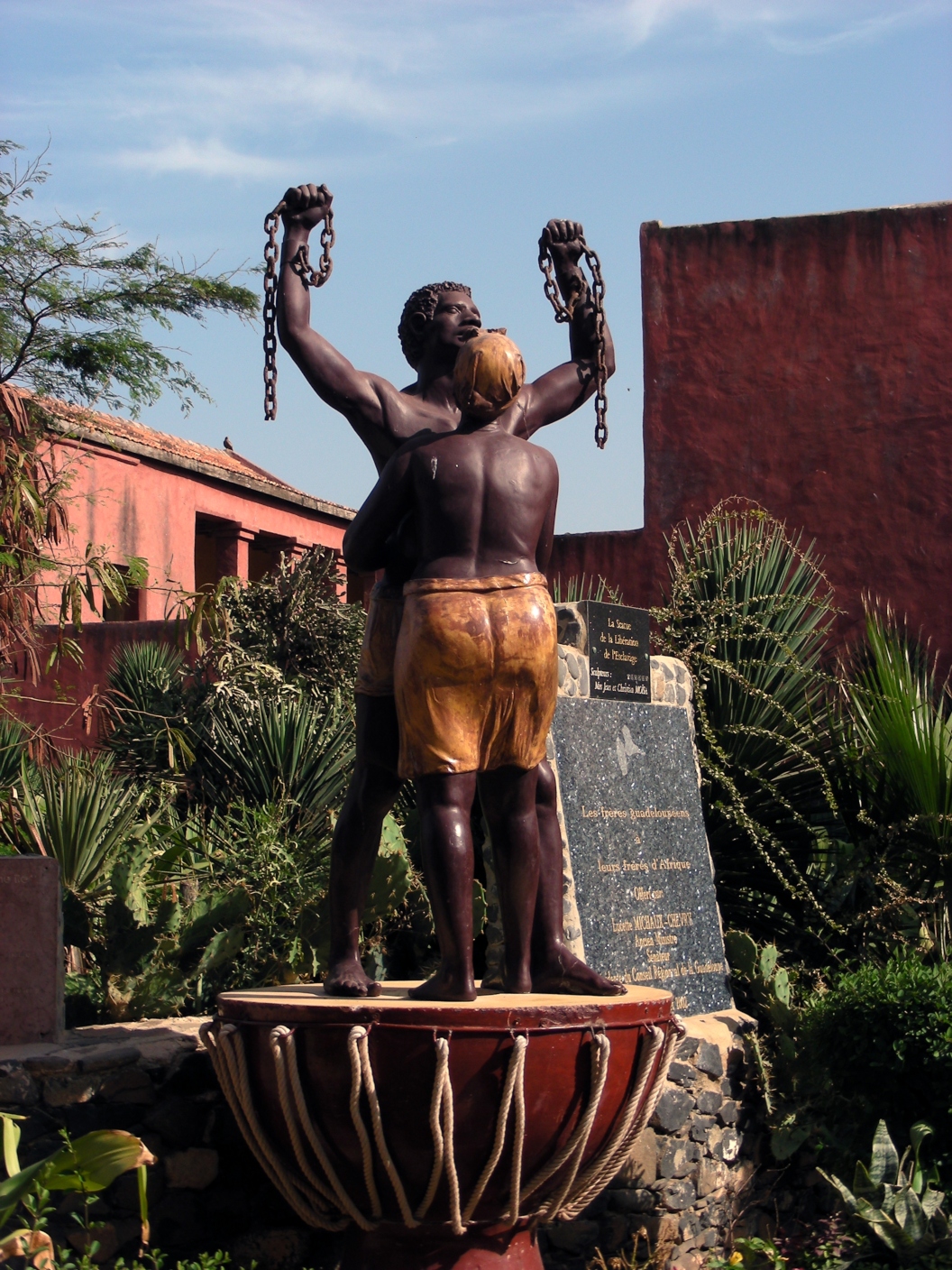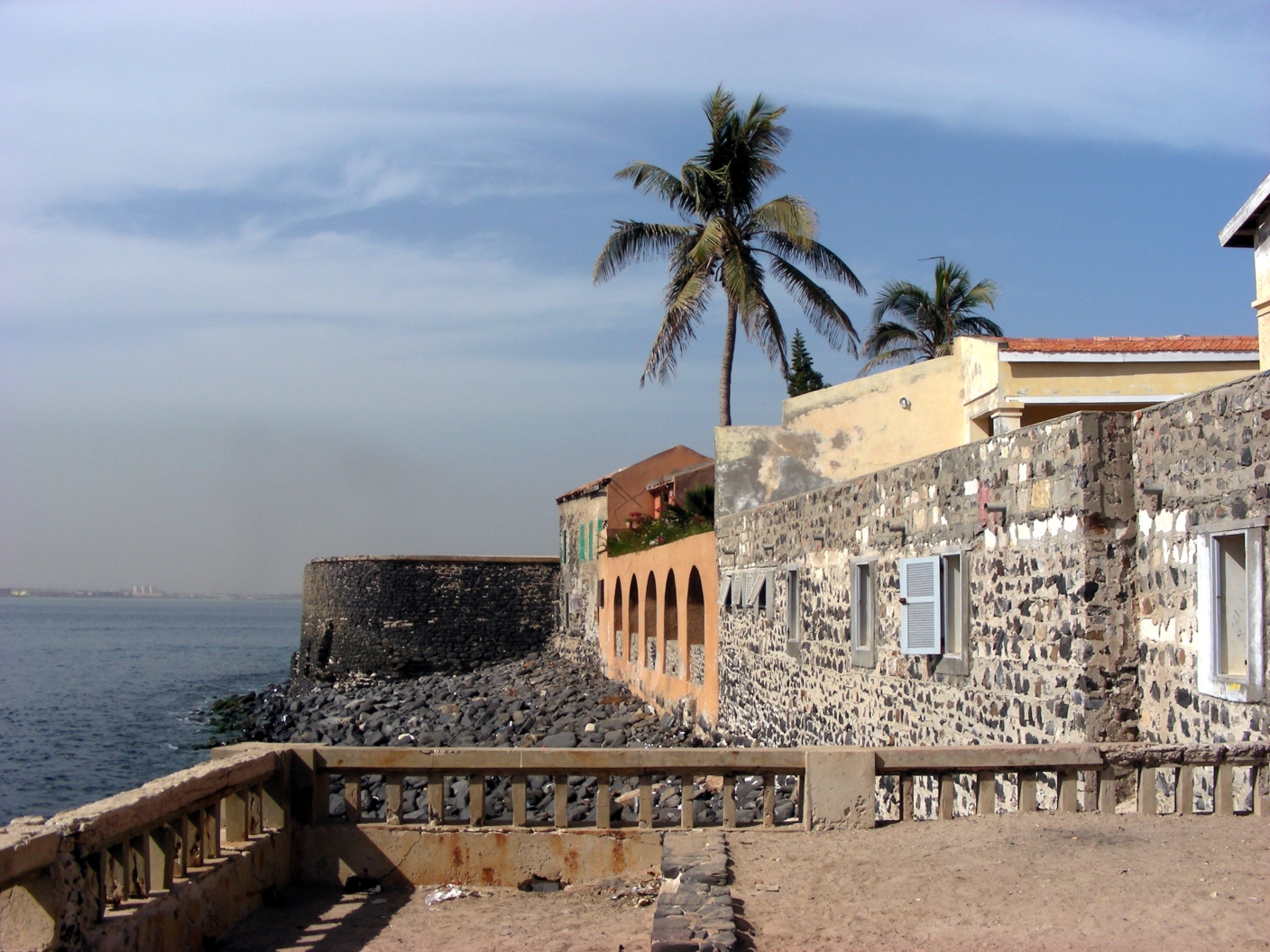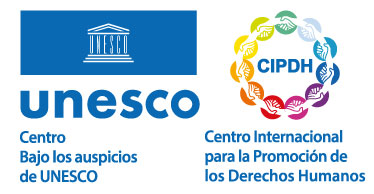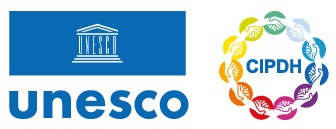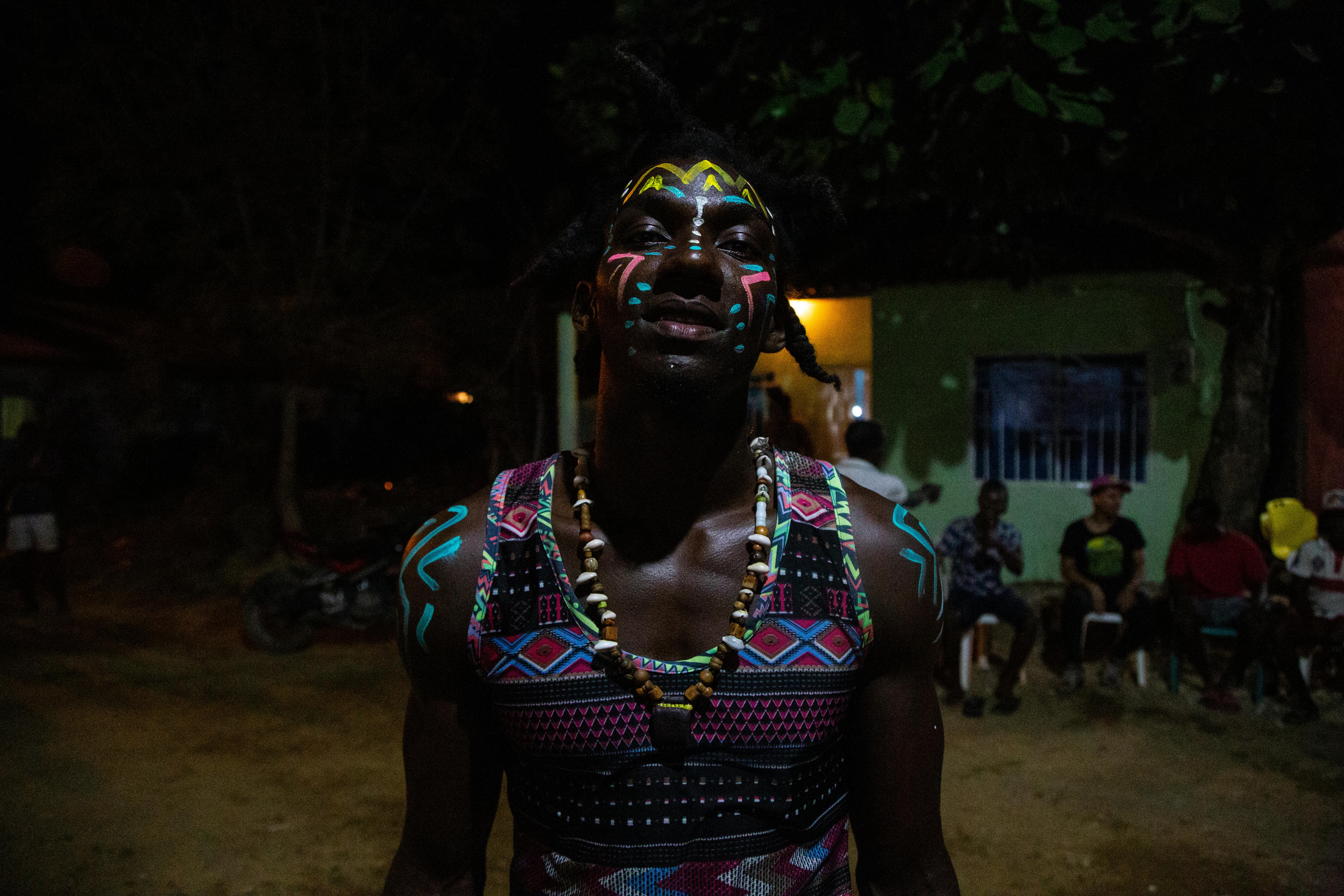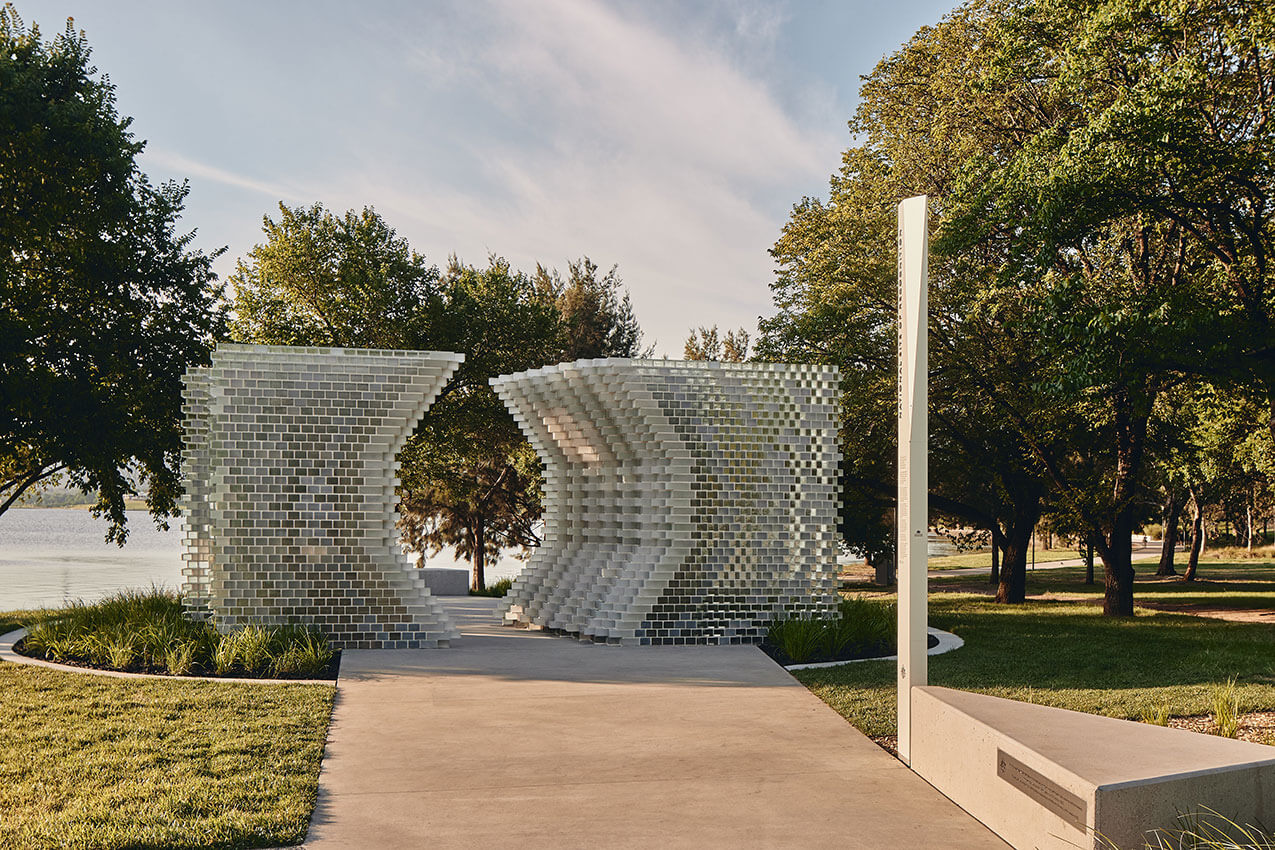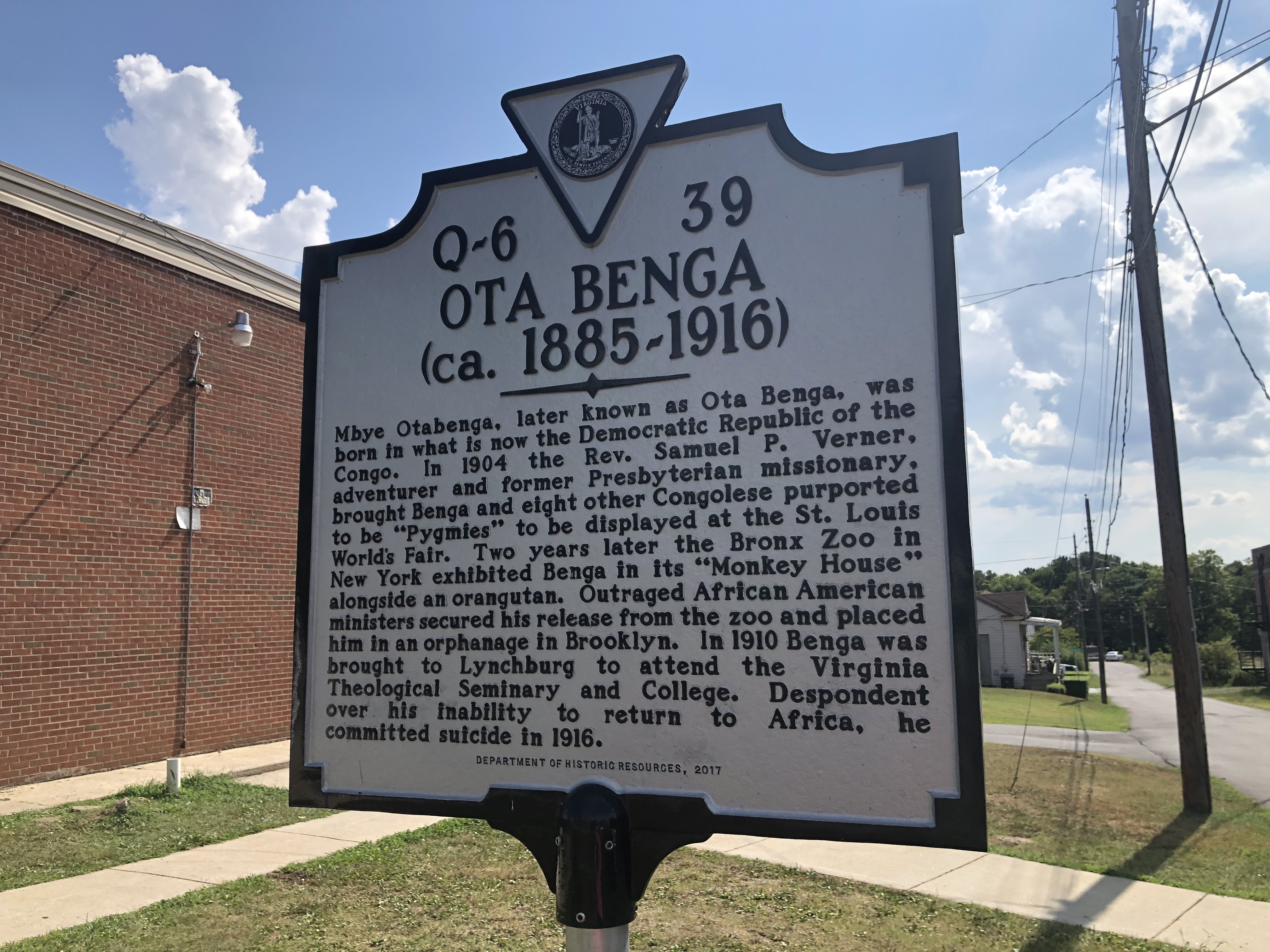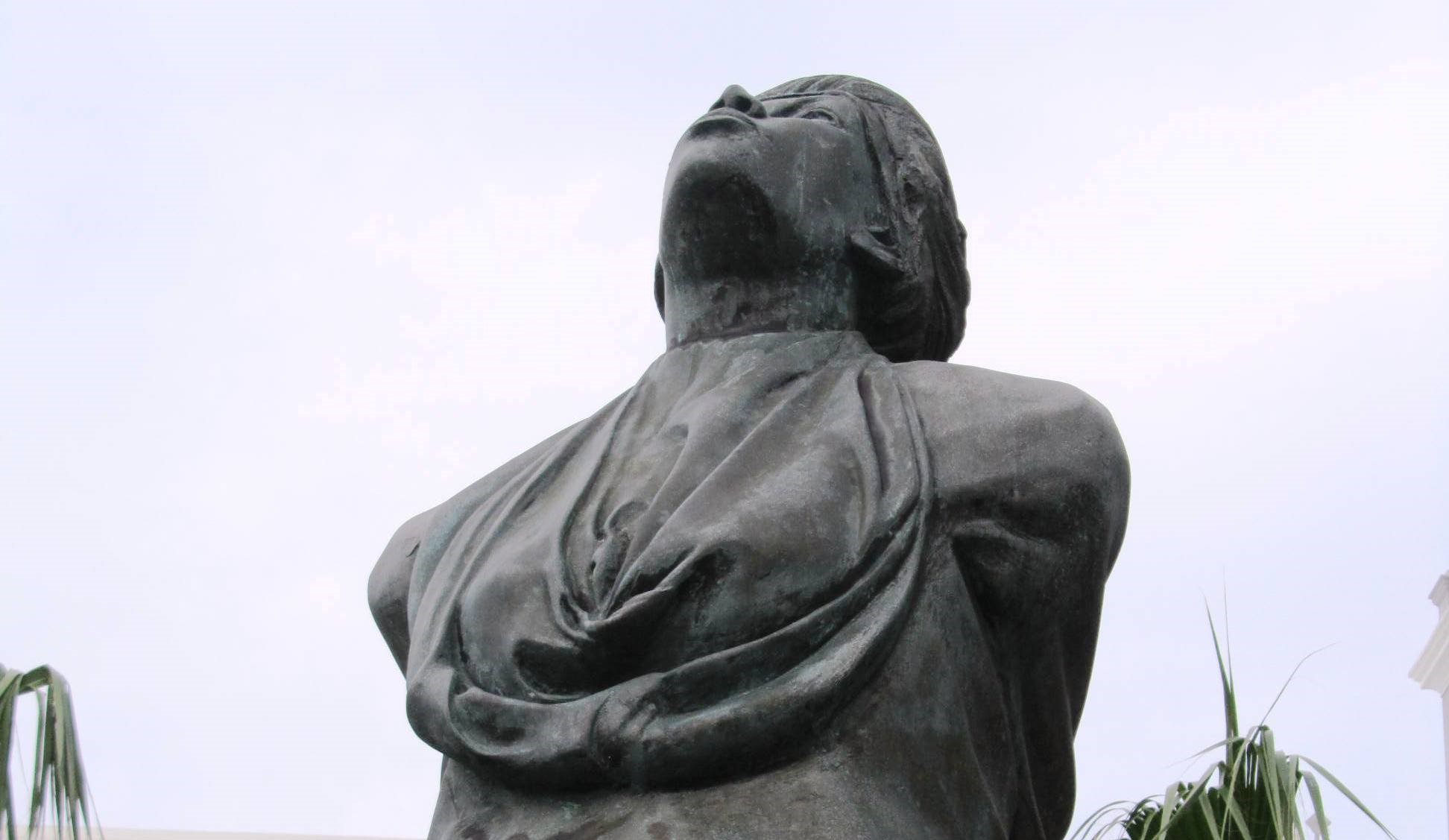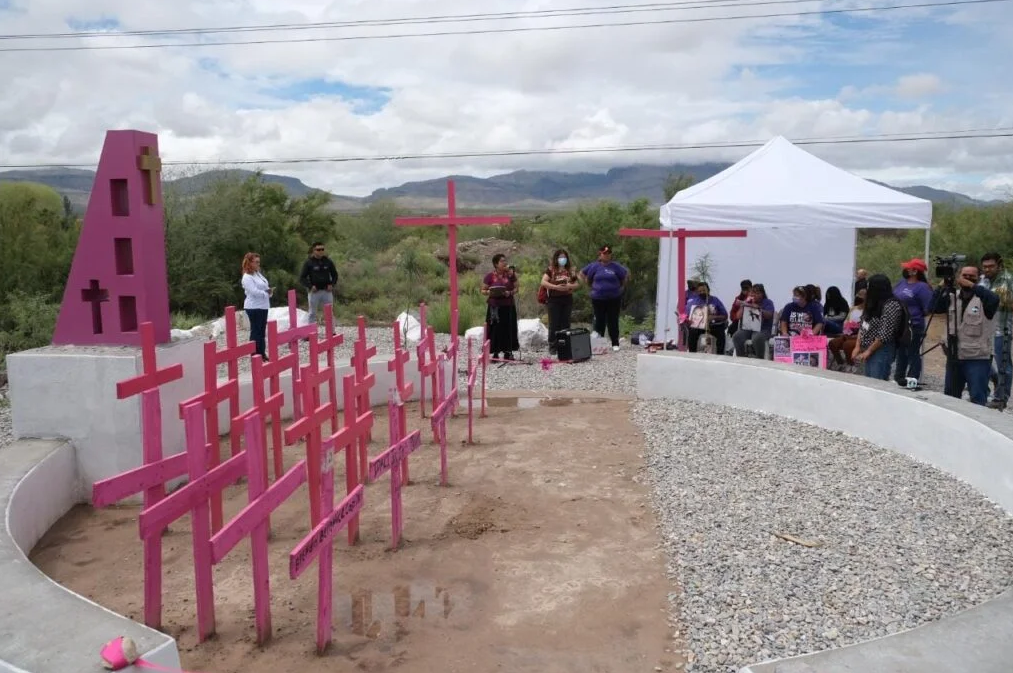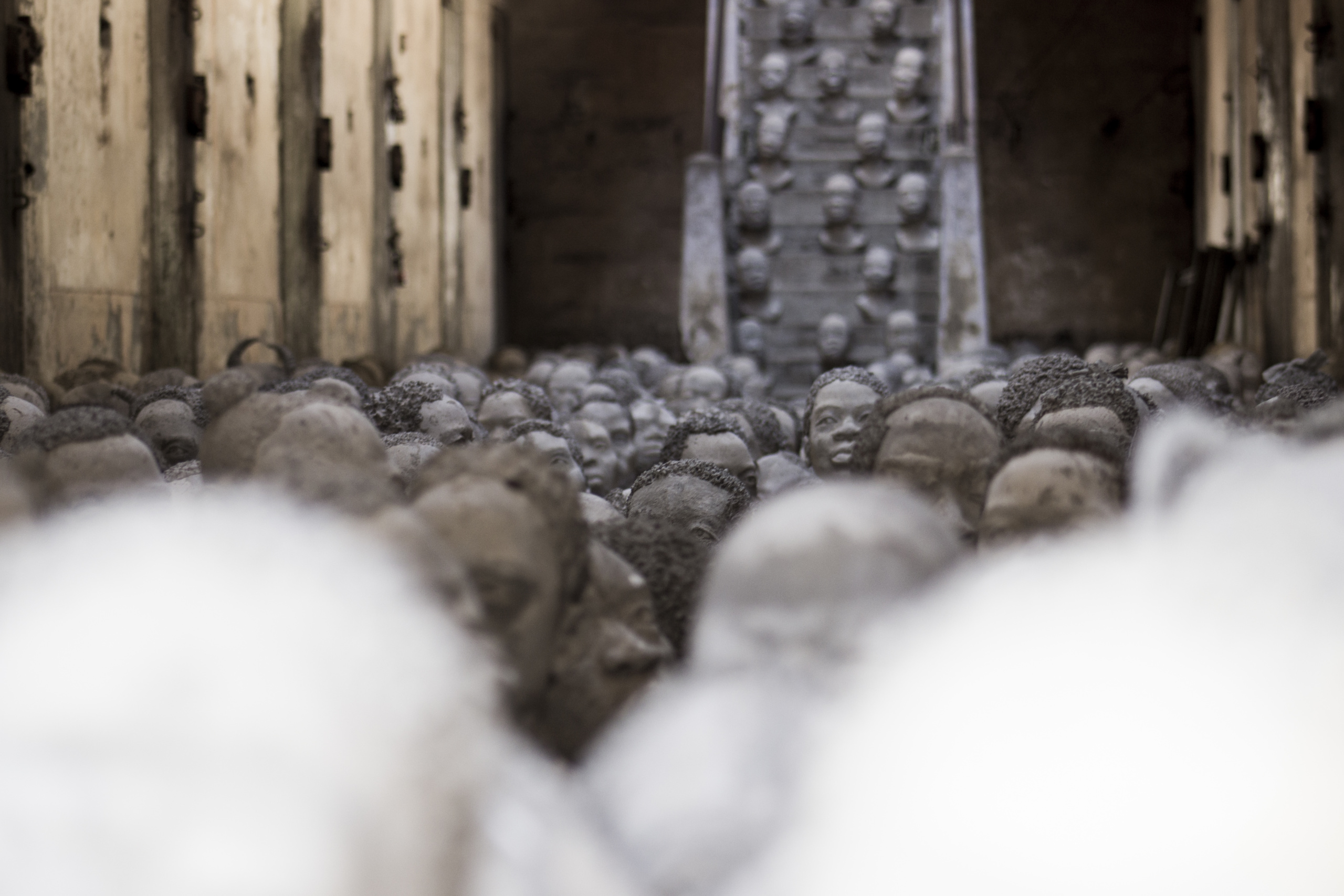Gorée Island
Site
Museum
Theme: Slavery

Address
Country
Senegal
City
City of Dakar – Gorée District
Continent
Africa
Theme: Slavery
Purpose of Memory
To commemorate all the victims of transatlantic slavery between the 15th and 19th centuries.
Known Designation
Gorée Island
Date of creation / identification / declaration
1978
Public Access
Free
UNESCO Connection
1978: Registered in the UNESCO World Heritage list.
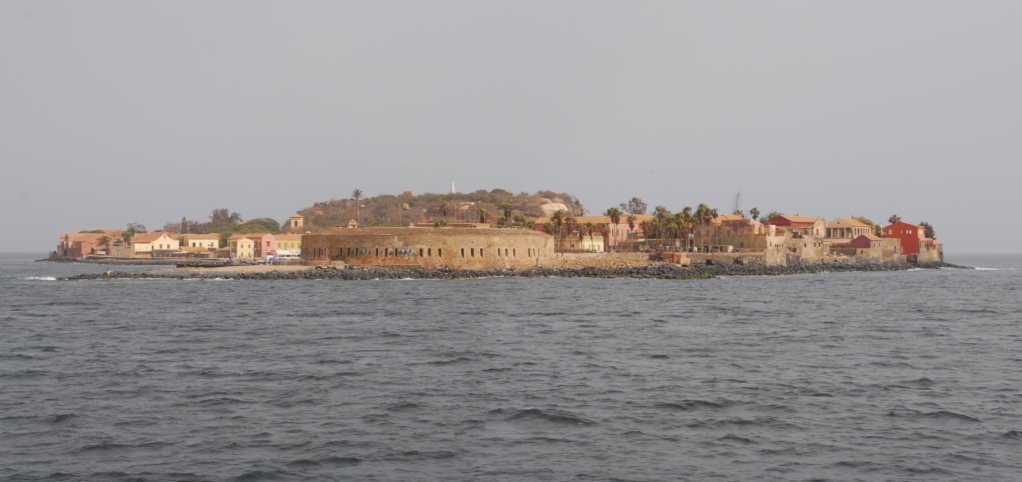
Location description
Gorée Island lies off the coast of Senegal, three kilometers away from the city of Dakar, and has an area of only 17 hectares. There are shown different elements related to the slave trade that took place on the island between the 15th and 19th centuries: name of streets, the governor general’s house, military forts, squares, houses, monuments and the House of Slaves Museum.
Gorée Island (in French, Île de Gorée; in Portuguese, Ilha de Goreia) was for more than three centuries one of the slave markets that supplied the United States, the Caribbean and Brazil. In 1444, it was invaded by the Portuguese, who used it as a docking port for their ships, until 1536 when they built one of the first slave houses. In 1621, the Dutch built a settlement to protect their slave trade business. Later, Gorée was conquered by the French who dominated it until the independence of Senegal in 1960.
The small island, due to its strategic position, offered a safe haven for the anchorage of boats, hence the origin of its name “Good Rade”. As from the 16th century, Europeans installed military forts and settlements from Senegambia (geographical area that roughly corresponds to the basins of the Senegal and Gambia rivers) to the Gulf of Guinea, which served both as an economic stopover and as a refuge against the aggressions of rival European powers and the attacks of the neighboring African states.
Gorée Island became a clandestine slave trade location. There were up to 28 slave houses operating on the island, where kidnapped people from different parts of West Africa were transferred. Slaves were imprisoned, chained and lived in crowded conditions awaiting their transfer in boats to their destination, where they were sold. The largest slave house was built by the Dutch in 1776.
After the abolition of slavery in France and its colonies (1848), the economic decline of the island began and deepened with the founding of the city of Dakar in 1857.
At the beginning of the 20th century, the French colonial authorities developed tourism ventures based on the history of Gorée Island, with special emphasis on the slave trade that took place there. In 1954, a historic museum of French West Africa was opened with an exhibition dedicated to slavery and its abolition.
The heritage-making of Gorée as a place protected by its historical value continued after Senegal decreed its independence from France in 1960. The enhancement of the island at that time was carried out pursuant to the principles of the Negritude Movement promoted by Léopold Sédar Senghor, the first Senegalese president. The movement sought the rebirth of “black” cultures. Through the World Festival of Black Arts, in 1966, Gorée Island began to receive international recognition.
In 1978, Gorée Island was registered on the UNESCO World Heritage list, recognizing its history related to the Atlantic “black slave trade”. As from the 80s, the then president of Senegal continued with the policy on the safeguarding and development of the island initiated by UNESCO.
At present, the last slave house built in 1776 (Maison des Esclaves) was converted into a museum about of the slave trade. Its conversion into a museum and the conservation of said space just as it was at that time help to recall the brutality of the slavery experience.
Since 1989, Gorée Foundation, in close collaboration with UNESCO, the Senegalese State and the Gorée district, has been defining, implementing and monitoring the natural, ecological and heritage protection programs of the island. Likewise, the Foundation is in charge of developing the “Gorée Memorial” project that seeks to honor the victims of the slave trade and represent tolerance and dialogue among communities. The project has been promoted by intellectuals and artists of the Negritude Movement. The memorial will be built on the coast of Dakar, in front of the island.
Furthermore, since 2005, the authorities of the island have organized the Gorée Diaspora Festival as part of the promotion of cultural activities. This international event enables the people of Gorée to meet their diaspora.
